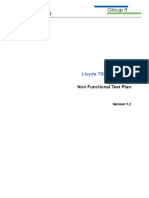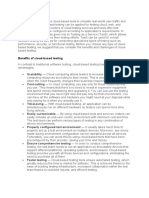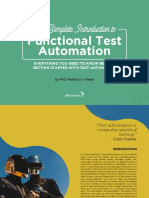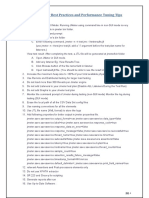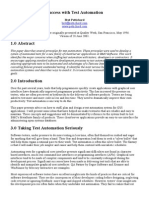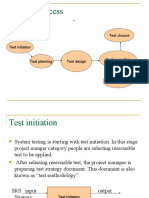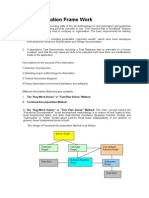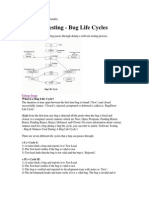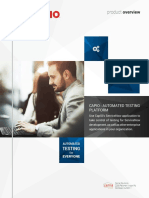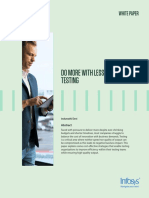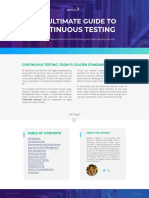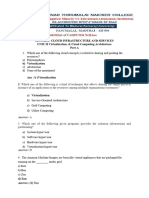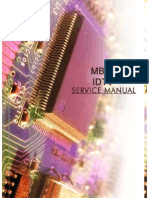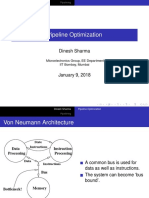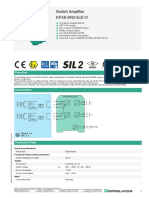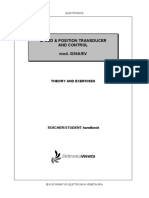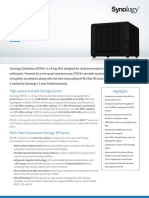0% found this document useful (0 votes)
401 views6 pagesContinuous Testing for DevOps Pros
Continuous testing is a software testing strategy that involves testing early and often at every stage of development. It aims to provide feedback at each stage to improve quality. Some key aspects include automating tests, testing in parallel across environments, and integrating testing into the continuous delivery process. Popular tools for continuous testing include Jenkins, Travis, Selenium, Experitest and QuerySurge. While it can help accelerate delivery and improve quality, challenges include cultural shifts required and ensuring test environments reflect production.
Uploaded by
simonaCopyright
© © All Rights Reserved
We take content rights seriously. If you suspect this is your content, claim it here.
Available Formats
Download as DOCX, PDF, TXT or read online on Scribd
0% found this document useful (0 votes)
401 views6 pagesContinuous Testing for DevOps Pros
Continuous testing is a software testing strategy that involves testing early and often at every stage of development. It aims to provide feedback at each stage to improve quality. Some key aspects include automating tests, testing in parallel across environments, and integrating testing into the continuous delivery process. Popular tools for continuous testing include Jenkins, Travis, Selenium, Experitest and QuerySurge. While it can help accelerate delivery and improve quality, challenges include cultural shifts required and ensuring test environments reflect production.
Uploaded by
simonaCopyright
© © All Rights Reserved
We take content rights seriously. If you suspect this is your content, claim it here.
Available Formats
Download as DOCX, PDF, TXT or read online on Scribd
/ 6

